Micro and Nano Electron Devices
Data is displayed for academic year: 2023./2024.
Course Description
Modern micro and nano electron devices. Components of digital integrated circuits. Scaled MOS transistors. Short channel effects. Effect of parasitic regions. Velocity saturation effect. Speed limitations of transistors. Memory cells. Image sensors. MOS capacitance. Charge coupled devices (CCD). Active pixel CMOS sensors. Image sensor technology. Active matrix display devices. Devices for communication circuits. Devices for low-power circuits. Silicon on insulator (SOI) technology and devices. Process integration techniques. Future nanoelectronic components and materials.
Study Programmes
University undergraduate
[FER3-EN] Computing - study
Elective Courses
(5. semester)
[FER3-EN] Electrical Engineering and Information Technology - study
Elective Courses
(5. semester)
Learning Outcomes
- define the rules of semiconductor technology development
- explain the physical principles of advanced transistors
- explain the scaling of MOS structures
- analyze short channel effects
- identify the limitations of advanced transistors
- explain the effect of technological parameters on electrical characteristics of electron devices
- compare the advanced materials for future transistors
- analyze semiconductor image sensors and acquisition systems
Forms of Teaching
Lectures
Lectures
ExercisesTutorials
Independent assignmentsSeminar
LaboratoryLaboratory exercise
Grading Method
| Continuous Assessment | Exam | |||||
|---|---|---|---|---|---|---|
| Type | Threshold | Percent of Grade | Threshold | Percent of Grade | ||
| Seminar/Project | 0 % | 15 % | 0 % | 15 % | ||
| Mid Term Exam: Written | 0 % | 30 % | 0 % | |||
| Final Exam: Written | 0 % | 30 % | ||||
| Final Exam: Oral | 25 % | |||||
| Exam: Written | 0 % | 50 % | ||||
| Exam: Oral | 35 % | |||||
Week by Week Schedule
- Energy band diagram
- Capacitance-voltage characteristics
- Oxide charges, Body effect
- Charged Coupled Devices (CCD), Image sensor technologies
- CMOS Active Pixel Sensors (APS)
- Data read-out and system integration
- Velocity saturation, Threshold voltage
- Midterm exam
- Drain Induced Barrier Lowering (DIBL), Punchthrough
- Moore's law; Scaling rules
- Electrostatic limitations, Physical limitations
- Advanced CMOS devices (FinFET, Ultra-thin body Double-gate)
- High-k, metal gate, Carrier transport
- Advanced materials (III-V CMOS, nano-tubes, graphene, Ge)
- Final exam
Literature
(.), P. Biljanović. Poluvodički elektronički elementi. Školska knjiga,
(.), S. Sze, K. K. Ng, Physics of Semiconductor Devices, John Wiley & Sons,
For students
General
ID 223357
Winter semester
5 ECTS
L1 English Level
L1 e-Learning
45 Lectures
0 Seminar
15 Exercises
4 Laboratory exercises
0 Project laboratory
0 Physical education excercises
Grading System
87 Excellent
75 Very Good
62 Good
50 Sufficient


 Pristupačnost
Pristupačnost
